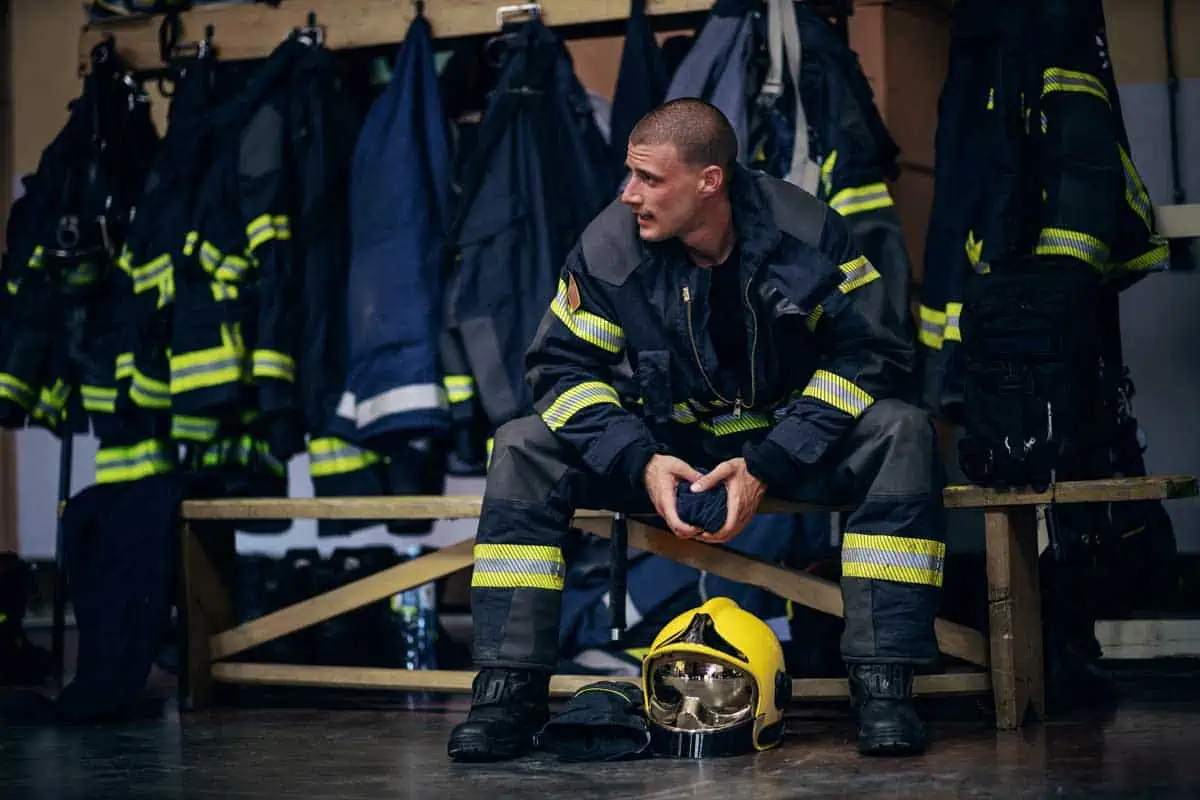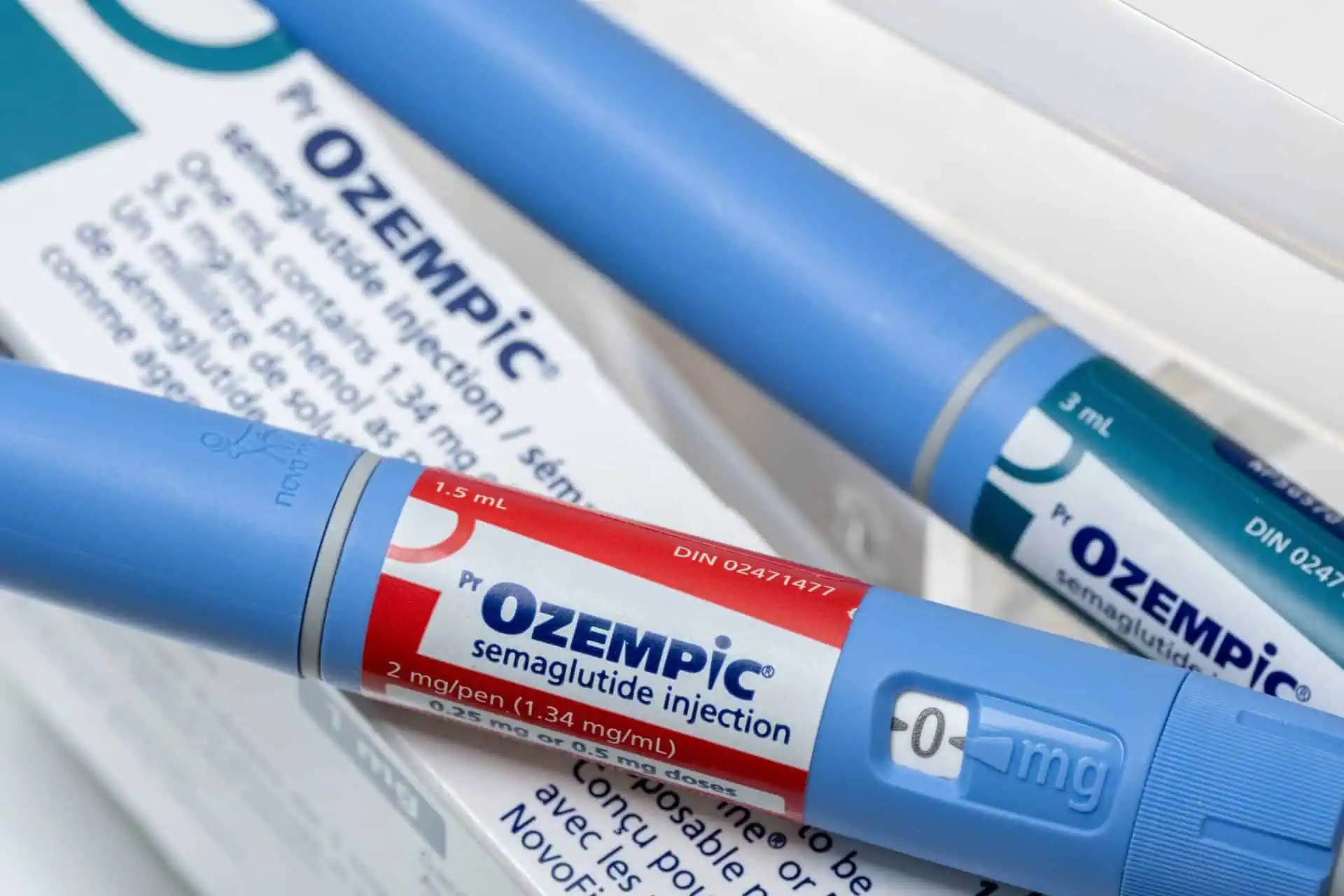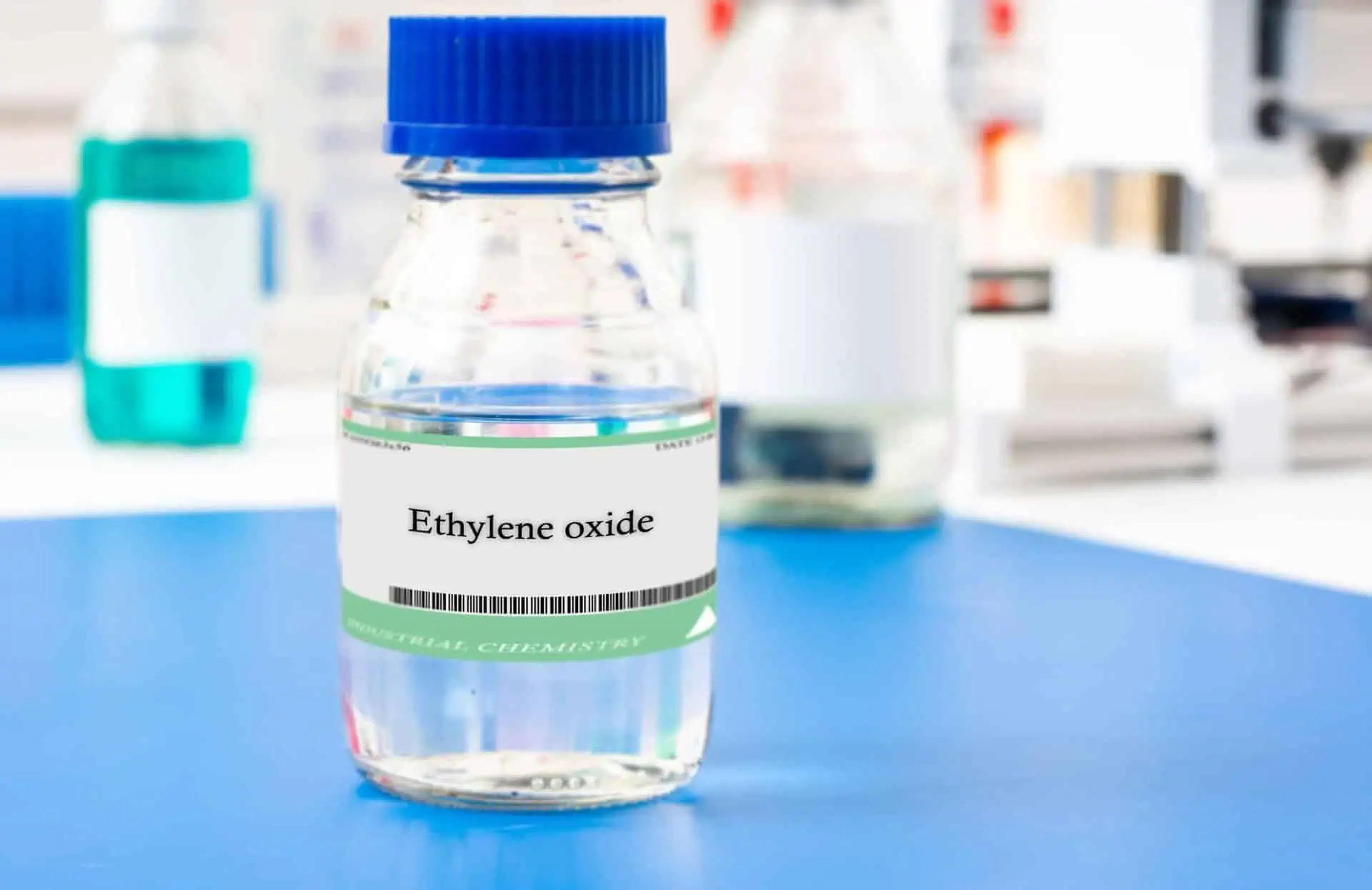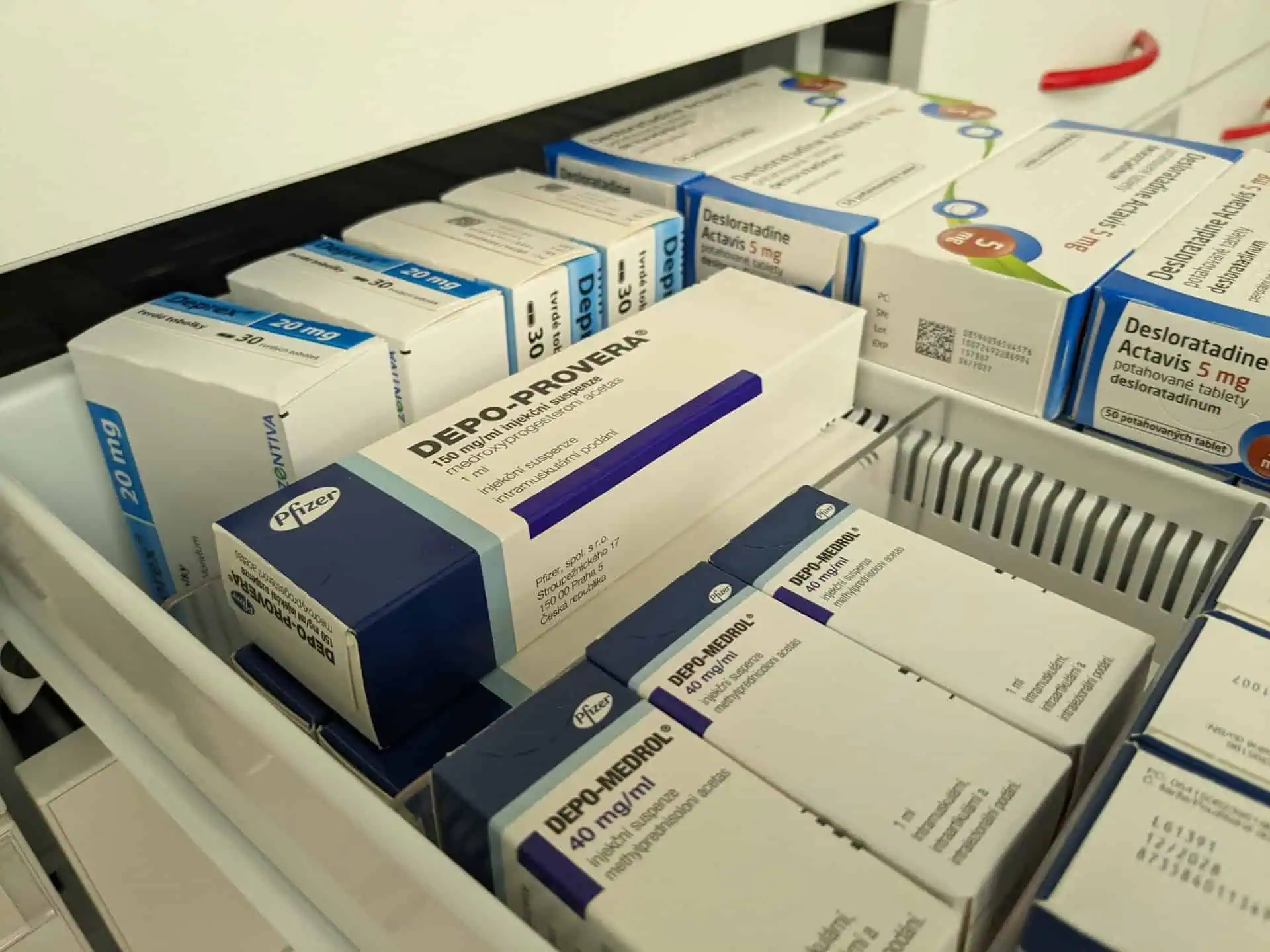Firefighting Gear
- Last Updated: August 4th, 2023

Attorney Jessica Paluch-Hoerman, founder of TruLaw, has over 28 years of experience as a personal injury and mass tort attorney, and previously worked as an international tax attorney at Deloitte. Jessie collaborates with attorneys nationwide — enabling her to share reliable, up-to-date legal information with our readers.
Legally Reviewed
This article has been written and reviewed for legal accuracy and clarity by the team of writers and legal experts at TruLaw and is as accurate as possible. This content should not be taken as legal advice from an attorney. If you would like to learn more about our owner and experienced injury lawyer, Jessie Paluch, you can do so here.
Fact-Checked
TruLaw does everything possible to make sure the information in this article is up to date and accurate. If you need specific legal advice about your case, contact us by using the chat on the bottom of this page. This article should not be taken as advice from an attorney.
Firefighting Gear
Firefighter Personal Protective Equipment (PPE) is called turnout or bunker gear.
Bunker gear can include as little at the bulky trousers, boots and jacket or a combination of all the protection gear including three layers of a protective suit.
Bunker gear is a term that originated from the idea that firefighters sleep at the fire station with their gear next to their bunker.
Sleeping with gear at the feet assures that a firefighter can jump into action at the sound of the alarm siren.
Turnout clothing must have three components – an outer shell, a moisture barrier and a thermal barrier.
In between each of these layers are pockets of air that further insulate the firefighter.

Innerwear or “station wear” is commonly used to describe the uniform worn by firefighters at the station.
This purpose of firefighter station wear is to protect the firefighter under NFPA 1975 scope of standards, but it is also a symbol of honor.
Station wear generally consists of pants, a shirt and steel-toed boots.
Firefigthers are required to look professional but the uniform varies with every local or state fire department.
NFPA-certified turnout gear consists of three layers of materials – together they are called a composite.
The three layers are an outer shell, a moisture barrier and a thermal liner.
The thermal liner if the most critical component of turnout gear because it protects the firefighter from heat.
Table of Contents
Firefighting Gear and PFAS
Firefighter gear is required to be water and fire resistant.
The outer layer is treated extensiviely with PFAS or constructed with fluoropolymers, a type of PFAS in order to pass this requirement.
These uniforms break down over time and are not replaced for ten years.
PFAS stands for both Perfluoroalkyl Substances and Polyfluoroalkyl Substances.
The chemical composition of PFAS includes a bond that is considered the strongest bond in nature – the bond between carbon atoms and fluorine atoms.
As a result, they take a long time to break down and have been dubbed “forever chemicals”.
They have been found to contaminate water, air, soil, and food supplies, and have even been found in breastmilk.
There are thousands of different chemicals that fall under the category of PFAS, though two of the most common and widely researched are PFOA (perfluorooctanoic acid) and PFOS (perfluorooctane sulfonic acid).
PFOA and PFOS have been discontinued in the United States but PFAS can still be found in many common products, including the aqueous film-forming foam (AFFF) used by firefighter.
Fire fighting fabrics that break down over time lead to these “forever chemicals” contacting the skin and shedding into the environment.
According to the chemical physicist, Graham F. Peaslee, the layers of textiles found in turnout gear are highly fluorinated.
Over time, the layers of these textiles rub against each other and the PFAS from the outer shell and the middle moisture barrier appears to migrate to the thermal layer, contacting the skin.
TruLaw Firefighting Foam and Gear Lawsuit
Different PFAS have been linked to a wide variety of health issues in humans, including certain types of cancer.
Studies show that firefighter suffer from disproportionality high rates of cancer, including types that have been linked to PFAS exposure such as testicular cancer, prostate cancer, mesothelioma and non-Hodgins lymphoma.
Firefighter gear cancer lawsuits are currently being filed on behalf of firefighters who believe their diagnosis may be a result of this breakdown of materials.
TruLaw and its seasoned lawyers are working hard to support and stand up for those who have been injured due to third-party negligence.
Visit our Firefighter Gear Instant Case Evaluator to learn if you may be eligible to file a PFAS Firefighter gear lawsuit today.

Managing Attorney & Owner
With over 25 years of legal experience, Jessica Paluch-Hoerman is an Illinois lawyer, a CPA, and a mother of three. She spent the first decade of her career working as an international tax attorney at Deloitte.
In 2009, Jessie co-founded her own law firm with her husband – which has scaled to over 30 employees since its conception.
In 2016, Jessie founded TruLaw, which allows her to collaborate with attorneys and legal experts across the United States on a daily basis. This hypervaluable network of experts is what enables her to share the most reliable, accurate, and up-to-date legal information with our readers!
Here, at TruLaw, we’re committed to helping victims get the justice they deserve.
Alongside our partner law firms, we have successfully collected over $3 Billion in verdicts and settlements on behalf of injured individuals.
Would you like our help?
At TruLaw, we fiercely combat corporations that endanger individuals’ well-being. If you’ve suffered injuries and believe these well-funded entities should be held accountable, we’re here for you.
With TruLaw, you gain access to successful and seasoned lawyers who maximize your chances of success. Our lawyers invest in you—they do not receive a dime until your lawsuit reaches a successful resolution!
AFFF Lawsuit claims are being filed against manufacturers of aqueous film-forming foam (AFFF), commonly used in firefighting.
Claims allege that companies such as 3M, DuPont, and Tyco Fire Products failed to adequately warn users about the potential dangers of AFFF exposure — including increased risks of various cancers and diseases.
Depo Provera Lawsuit claims are being filed by individuals who allege they developed meningioma (a type of brain tumor) after receiving Depo-Provera birth control injections.
A 2024 study found that women using Depo-Provera for at least 1 year are five times more likely to develop meningioma brain tumors compared to those not using the drug.
Suboxone Tooth Decay Lawsuit claims are being filed against Indivior, the manufacturer of Suboxone, a medication used to treat opioid addiction.
Claims allege that Indivior failed to adequately warn users about the potential dangers of severe tooth decay and dental injuries associated with Suboxone’s sublingual film version.
Social Media Harm Lawsuits are being filed against social media companies for allegedly causing mental health issues in children and teens.
Claims allege that companies like Meta, Google, ByteDance, and Snap designed addictive platforms that led to anxiety, depression, and other mental health issues without adequately warning users or parents.
Transvaginal Mesh Lawsuits are being filed against manufacturers of transvaginal mesh products used to treat pelvic organ prolapse (POP) and stress urinary incontinence (SUI).
Claims allege that companies like Ethicon, C.R. Bard, and Boston Scientific failed to adequately warn about potential dangers — including erosion, pain, and infection.
Bair Hugger Warming Blanket Lawsuits involve claims against 3M — alleging their surgical warming blankets caused severe infections and complications (particularly in hip and knee replacement surgeries).
Plaintiffs claim 3M failed to warn about potential risks — despite knowing about increased risk of deep joint infections since 2011.
Baby Formula NEC Lawsuit claims are being filed against manufacturers of cow’s milk-based baby formula products.
Claims allege that companies like Abbott Laboratories (Similac) and Mead Johnson & Company (Enfamil) failed to warn about the increased risk of necrotizing enterocolitis (NEC) in premature infants.
Here, at TruLaw, we’re committed to helping victims get the justice they deserve.
Alongside our partner law firms, we have successfully collected over $3 Billion in verdicts and settlements on behalf of injured individuals.
Would you like our help?








